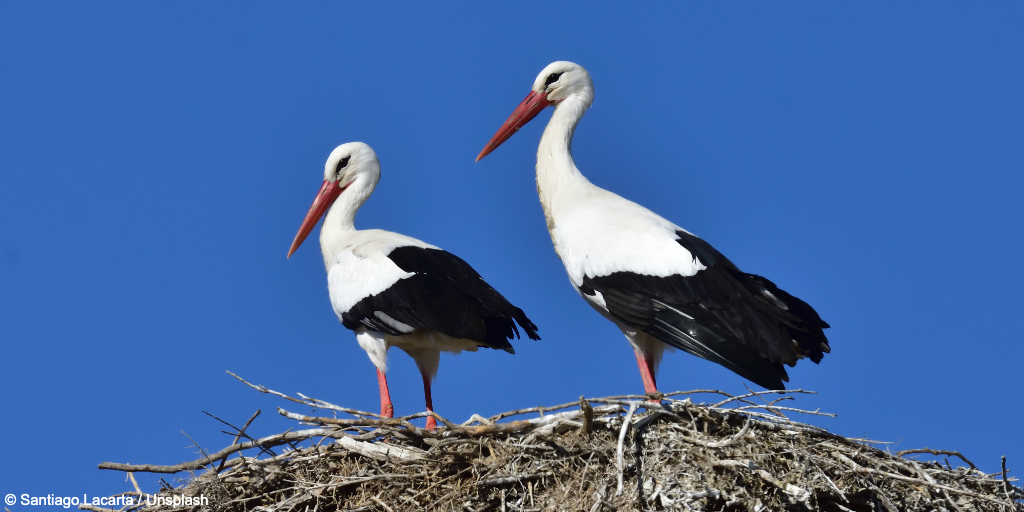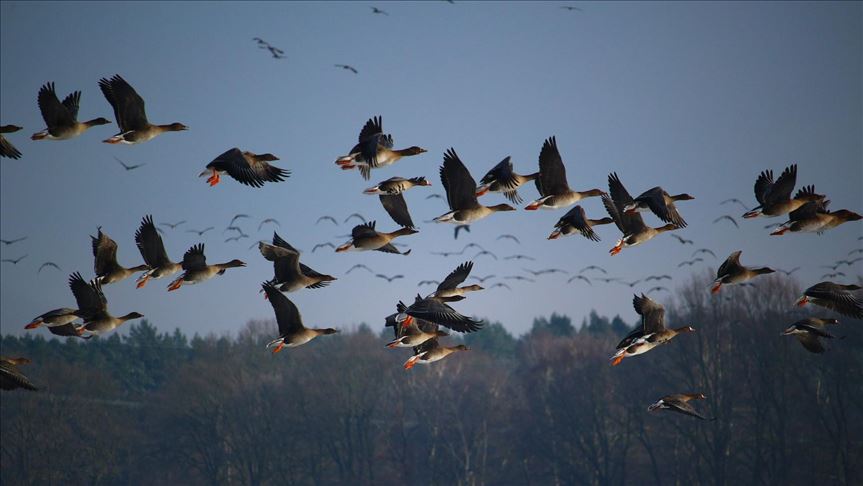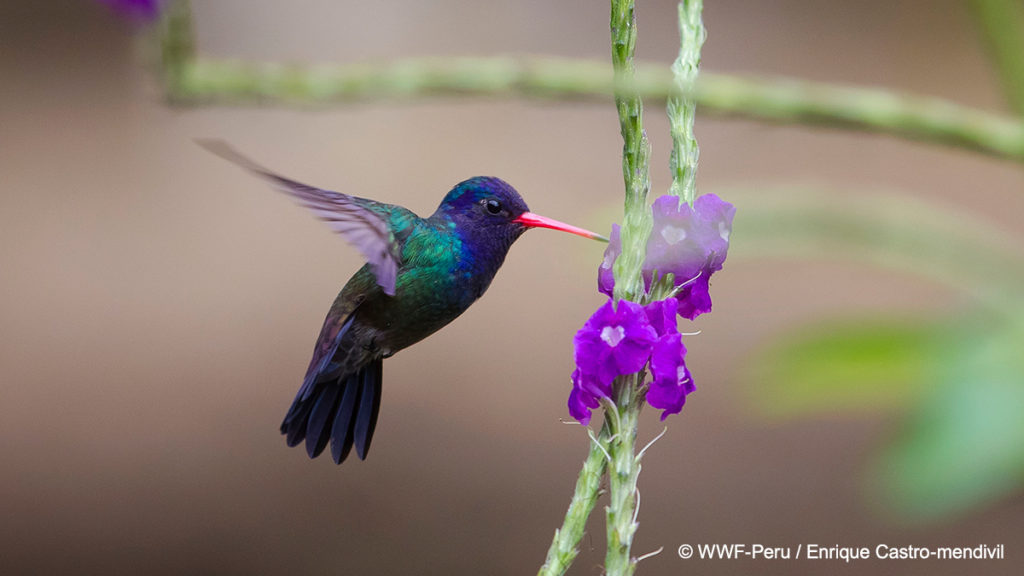Migratory birds living their best life during the coronavirus pandemic
Happy like a Turkish bird

Catching a break in Pakistan
Every year, millions of migratory birds take a rest in Pakistan on their way back home. There, thousands are hunted down or locked away to be sold by hunters and poachers. According to this AA article, they’ve been having an easier time flying back this year with the lockdown.

Extra nights at the sanctuaries

Did You Know?
- Around 20% of all bird species migrate to find food and breed. The most common pattern sees birds flying north in March and April to breed, and returning to warmer regions in the south in September and October.
- The longest distance some birds can migrate to is 90,000 kilometers. One of them is the Arctic Tern, who travels from pole to pole every year — from Greenland in the North to the Weddell Sea in the South.
- The smallest migratory bird is the hummingbird. Some migrate across the Gulf of Mexico twice a year — as far as 600 miles without stopping.

World Migratory Bird Day was a great opportunity to learn more on those fascinating animals and how resilient they can be. You can discover more interesting facts on the WWF website and pledge your voice for the planet.



